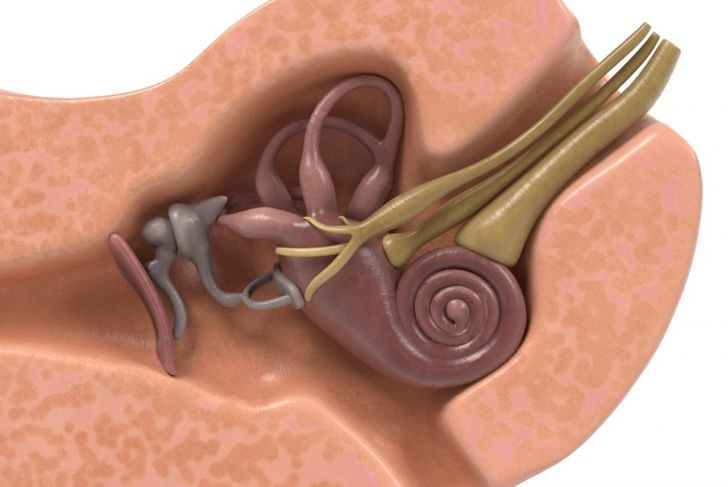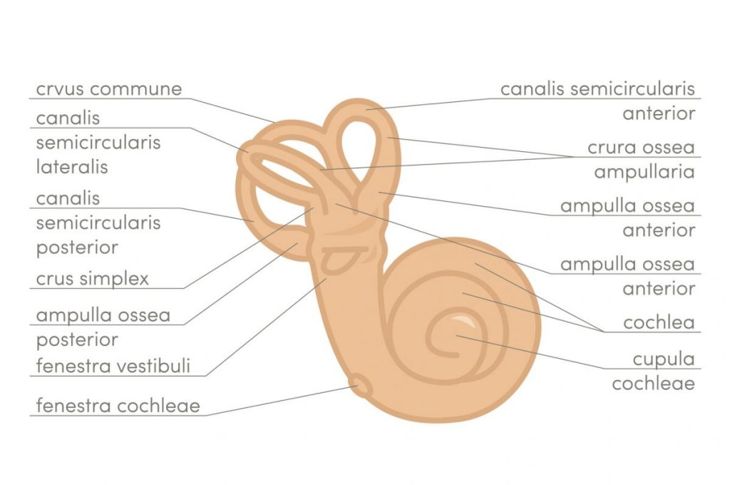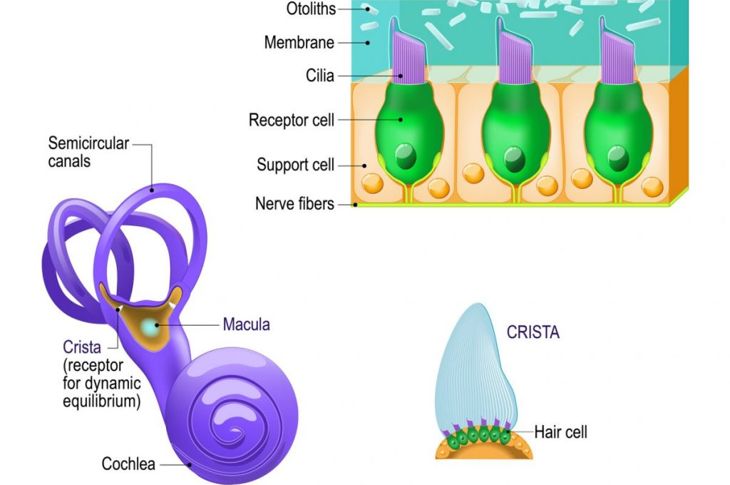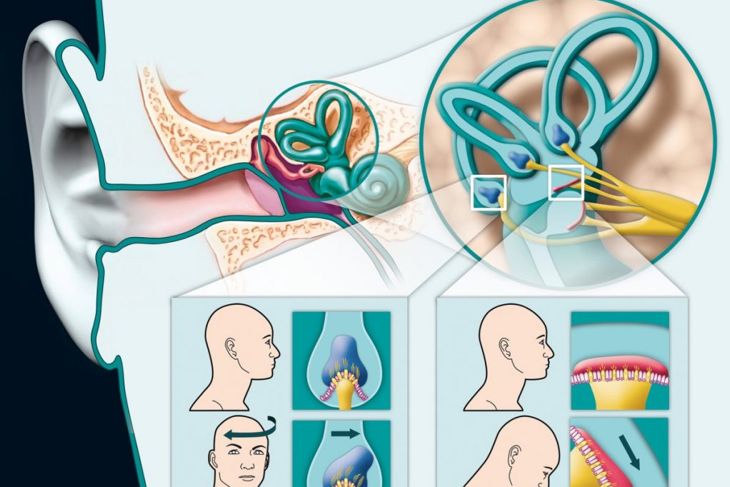Three out of every 1,000 children have Pendred syndrome, an inherited disorder that accounts for up to eight percent of all hearing loss cases. In addition to auditory effects, the condition can also cause goiters at the neck. Pendred syndrome can be difficult to diagnose but various treatment methods are available.
What is Pendred Syndrome?
In 1896, English physician Vaughan Pendred examined the curious case of an Irish family with two daughters, both of whom had large goiters and were deaf in both ears and mute. Pendred syndrome is a genetic condition characterized by both thyroid problems and a varying degree of hearing loss. Scientists found that children with the condition are born with malformations of certain bones in the ear that, in rare cases, create problems with balance.
Genetics and Pendred Syndrome
Under normal circumstances, the SLC26A4 gene on chromosome 7 instructs the body on how to make pendrin, a protein that transports chloride, iodide, and bicarbonate ions. In people with Pendred syndrome, the mutated gene stifles pendrin production. Studies suggest that this disruption affects the development of certain bones in the ear and causes the loss of specific sensory cells, resulting in hearing loss. The mutation is autosomal recessive, which means a child with mutations on the SLC26A4 genes from both parents has a higher risk of developing the syndrome. There is also an increased risk if a child has one copy of the mutated SLC26A4 gene and a mutation in either the FOXI1 or KCNJ10 gene.
Goiter
Goiters are enlarged thyroid glands caused by abnormal hormone production or the development of nodules on the gland. In some cases, goiters affect a child’s ability to breathe and swallow. Research shows that over 80% of those with Pendred syndrome have a goiter, though hormone production is normal. In such cases, the thyroid is likely compensating for the inability of iodide ions caused by the problematic SLC26A4 gene.
Cochlear Hyperplasia
Cochlear hyperplasia is one of the congenital ear bone deformities in those with Pendred syndrome. It is also called Mondini dysplasia, after the 18th-century Italian physician Carlo Mondini, who discovered it after examining the inner ear of a deaf child. This malformation occurs when the cochlea, a spiral bone that helps to process sound, is underdeveloped; in these individuals, the bone has only 1.5 turns in its coiled design instead of the standard 2.5.
Normal Inner Ear Design
The narrow, bony tubes that connect the inner ear deep within the skull are vestibular aqueducts. The endolymphatic duct is inside these tubes and connects the inner ear to the endolymphatic sac, a small bone that looks like a lever. This structure works together with the cochlea and vestibular labyrinth in the temporal bone to manage hearing, movement, and gravity.
Enlarged Vestibular Aqueduct
Between five and 15 percent of children with bilateral sensorineural hearing impairment have an enlarged vestibular aqueduct or EVA. This means the tube’s size increases by at least one millimeter. Until recently, scientists had a vague idea of what this meant, but a 2005 study showed that the failed fluid absorption by the embryonic endolymphatic sac was directly linked to the SLC26A4 gene mutation.
Diagnosis
Pendred syndrome is a progressive disease, so when a child starts exhibiting bilateral hearing problems, doctors will try to determine when the loss started and its progression. They can order an MRI scan to check for cochlear abnormalities and a perchlorate discharge test to understand how the thyroid gland uptakes iodine. These steps bring them closer to a diagnosis, and a genetic test will confirm. Unless there is a known family history beforehand, genetic testing is likely to be the final diagnostic method.
Treatment
When it comes to treating Pendred syndrome, one of the first considerations is correcting underlying thyroid imbalance issues. Because there is no cure or treatment standard, a team of specialists, including an audiologist and otolaryngologist, must tailor a plan for the child going forward. This can include learning communication techniques such as sign language and perhaps a hearing aid.
Surgery
Most people with Pendred syndrome are eligible for cochlear implants, sophisticated devices that directly stimulate the auditory nerve. Unlike hearing aids, which amplify sounds for those with some degree of hearing, cochlear implants do not restore hearing; rather, they create the sensation of sound in the brain for those with little or no hearing.
, Living with Pendred Syndrome
Living with Pendred syndrome means stifling further hearing loss while trying to live a full life. Doctors recommend that those with the condition wear helmets when participating in recreational activities that could cause head trauma. They must also avoid activities that could lead to barotrauma, such as scuba diving. Pressure changes around the ears can worsen hearing impairment.

 Home
Home Health
Health Diet & Nutrition
Diet & Nutrition Living Well
Living Well More
More




















